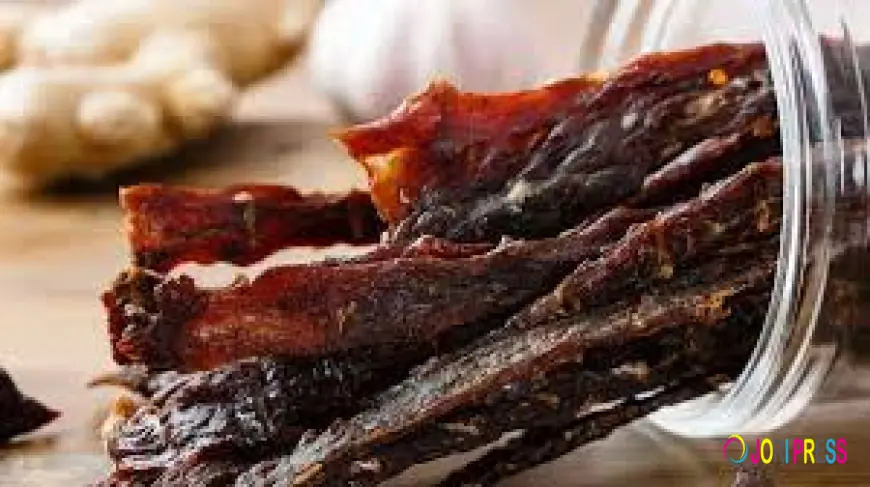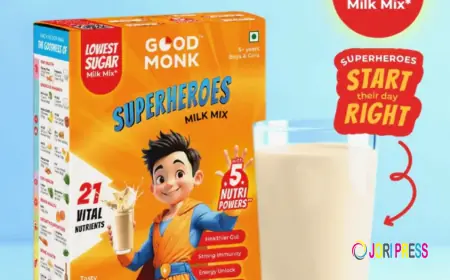Beef jerky market dynamics shaped by evolving consumer preferences and supply challenges
The beef jerky market dynamics reflect a complex interplay of consumer health trends, technological advances, and supply chain factors. Understanding these forces is essential for companies aiming to adapt and thrive in a competitive environment.

Consumer preferences driving demand and product evolution
The beef jerky market is heavily influenced by shifting consumer preferences toward healthier, protein-rich snacks. Consumers increasingly seek clean-label products with natural ingredients, reduced preservatives, and transparent sourcing. This evolving demand has prompted manufacturers to innovate formulations and packaging to meet these expectations, driving product diversification and market growth.
Technological innovations enhancing production efficiency
Advances in food processing technologies have enabled improved product quality and extended shelf life for beef jerky. Techniques such as vacuum drying, low-temperature dehydration, and smart packaging solutions contribute to enhanced flavor retention and freshness. These innovations also support sustainability goals by reducing energy consumption and waste during production, aligning with consumer values.
Supply chain complexities impacting market stability
Raw material availability and price volatility are significant factors affecting the beef jerky market. Fluctuations in beef supply due to environmental conditions, disease outbreaks, and trade policies can disrupt production and increase costs. Additionally, logistics challenges such as transportation delays and rising fuel prices further complicate supply chain management. Companies investing in diversified sourcing and flexible logistics are better positioned to navigate these dynamics.
Regulatory influences shaping market operations
Food safety regulations, labeling standards, and sustainability mandates influence market dynamics by setting operational requirements. Compliance ensures product safety and builds consumer trust, but also adds complexity and cost to production. Proactive adaptation to regulatory changes can offer competitive advantages and enhance brand reputation.
Economic and demographic factors affecting consumption patterns
Economic conditions, including disposable income levels and inflation, impact consumer spending on premium snacks like beef jerky. Demographic shifts, such as increasing urbanization and a growing health-conscious population, support sustained demand. Understanding these demographic and economic trends helps companies tailor marketing and product strategies effectively.
What's Your Reaction?
 Like
0
Like
0
 Dislike
0
Dislike
0
 Love
0
Love
0
 Funny
0
Funny
0
 Angry
0
Angry
0
 Sad
0
Sad
0
 Wow
0
Wow
0














































